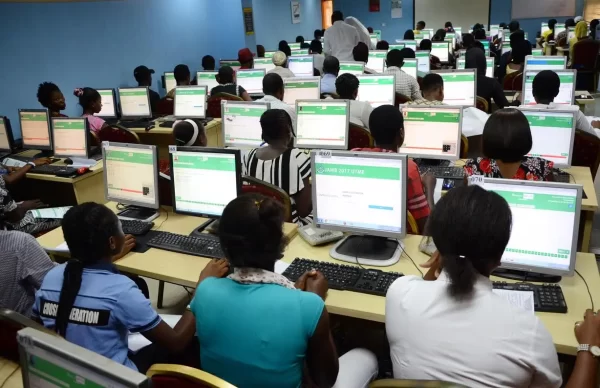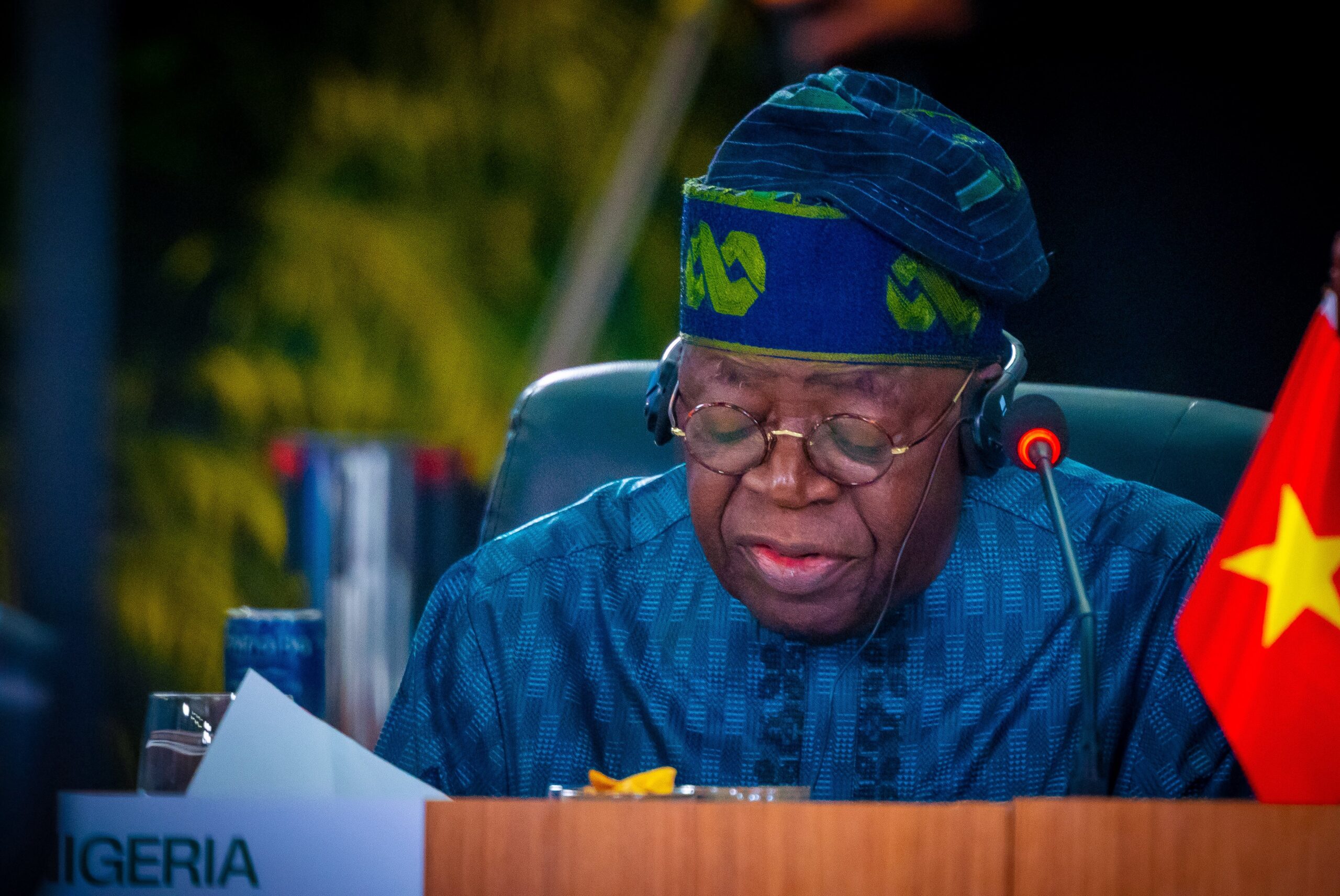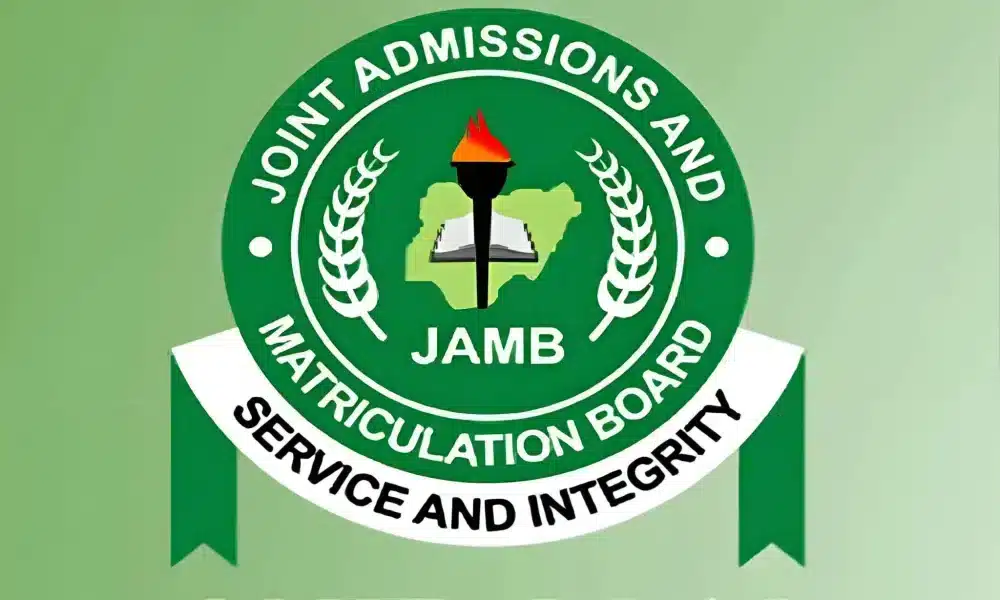Education for all or mediocrity for all? Reviewing JAMB’s new admission cut-off marks

JAMB’s new cut-off mark: Progress or a path to mediocrity?
By Anjolaoluwa Ogunpitan
On Tuesday, 8th July, the Joint Admissions and Matriculation Board (JAMB) announced a major decision to lower the university admission cut-off mark to 150—a move that has generated heated debate across the country. Supporters argue that it will open the doors of higher education to thousands of students who would otherwise be excluded, especially those from disadvantaged backgrounds. Critics, however, warn that it threatens to lower academic standards and produce graduates who are ill-equipped for the demands of the modern economy. Is this a bold step toward inclusive education, or a shortcut that risks mediocrity for all?
The New Policy at a Glance
The Joint Admissions and Matriculation Board (JAMB) sets the minimum score students need to qualify for university admission each year. Until now, many federal universities maintained higher cut-off marks—often 180 or above. By lowering the national cut-off to 150, JAMB says it wants to expand access to higher education, especially for students in underserved regions and from low-income families.
What this really means is that a candidate only needs to score 150 out of 400—which is just 37.5%. To me, that’s effectively an “F,” and it implies that candidates who sit for the UTME exams can no longer really “fail,” since 37.5% is now considered sufficient for university admission. We must recognize that this is a very low threshold—one that risks undermining the overall quality of education in Nigeria.
While the policy is not compulsory—universities can still set higher internal cut-offs—it sends a strong signal about widening the pool of eligible applicants. But simply lowering the bar does nothing to address the deeper issues of poor secondary school quality, underfunded universities, and inadequate academic preparation.
The Risk of Lowering Standards
While expanding access is a worthy goal, there is a real concern that this policy will simply lower academic standards rather than improve student preparedness.
150 out of 400 is just 37.5%. That is a very low standard for university entry, and it risks further eroding the quality of education in Nigeria.
Why should the cut-off mark be so low? In the past, 200 was the benchmark, and many students who scored that high still found it difficult to gain admission. This new policy suggests that the government is simply encouraging the decline of academic standards.
Admissions should reflect genuine readiness for university-level work—not political convenience. Employers already complain about the declining quality of Nigerian graduates. Lowering the cut-off without fixing the real problems in our educational sector is simply postponing the evil day.
JAMB cut-off for 2025: 150 for Universities, 100 for Polytechnics, and Colleges of Education
Anambra student emerges 2025 UTME top scorer as JAMB unveils best candidates
Who Benefits, Who Loses?
Who really gains from reducing the cut-off mark to 150? While it may help students from disadvantaged backgrounds—particularly in the northern part of the country—access university education, it risks overwhelming already strained institutions with underprepared students. In the end, this policy may serve political interests more than educational reform, offering a quick fix instead of real solutions to Nigeria’s deep-rooted educational problems.
The implication of this new cut-off mark is that a student who scores a ridiculously low 160 can still end up studying highly competitive courses like Medicine, Engineering, Law, or Accounting in some private universities. Meanwhile, children of the masses who can’t afford the high tuition fees of private institutions will often have to retake the exams, as credible public universities are unlikely to lower their standards to such a level. This creates a two-tier system, where wealth, not merit, determines access to prestigious programs.
We must begin to ask ourselves tough questions: Are we equipping young Nigerians for the future, or simply pushing them through a system that leaves them unprepared? Are we truly expanding opportunity, or just making the numbers look good?
Nigeria doesn’t need shortcuts. It needs vision, consistency, and a well-equipped educational system that can genuinely support the development of our dear beloved country.




